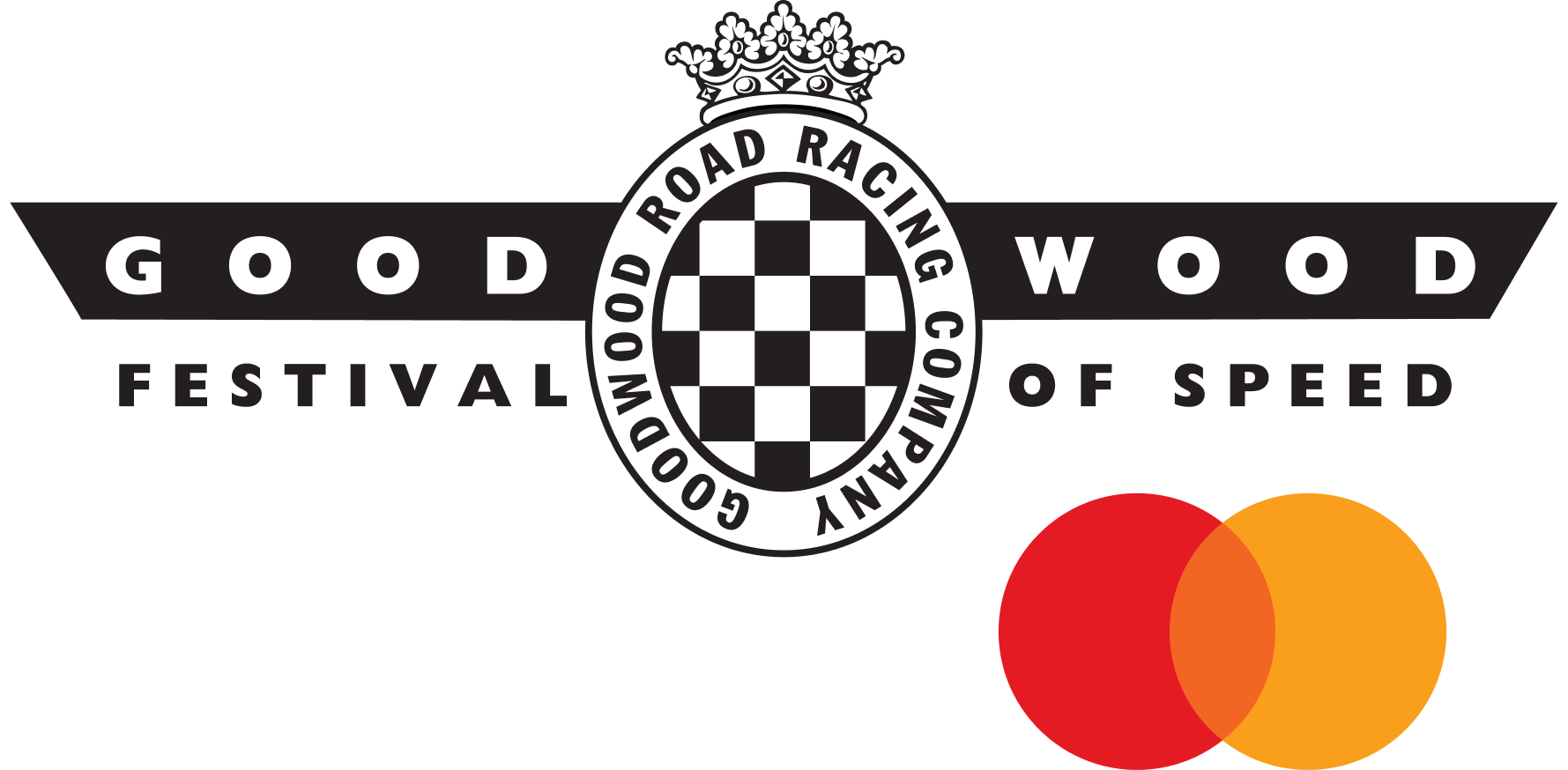Thank Frankel it’s Friday: Why didn’t Moss win Le Mans?
 Andrew Frankel
Andrew Frankel
Compared to the standards shown elsewhere in his career, Stirling Moss’s Le Mans record makes for curious reading. Played: 10. Won: 0. But a week before it all kicks off again, I thought it might be interesting to take a closer look to see whether his driving style didn’t suit twice around the clock racing or if there was something else going on here.

A few of those ten races we can deal with at once: in both 1953 and 1956 he came second which is demonstrably as close to winning it as you can get without actually taking the flag. But all eight other races are listed as Did Not Finish. Well let’s exclude his last in 1960 because that was in a Ferrari GT car which was never going to win anyway, and begin in 1951.

Then he was paired with Jack Fairman in the then brand-new Jaguar C-Type, and some evidence of his approach is clear from the fact he got from 22nd place to first before he was halfway around the first lap. They actually led for the first eight hours before the engine ran out of oil pressure while Stirling was driving. Had he been pushing too hard? If so, only on Lofty England’s specific instruction that he should go out and try to overstress the major threats from Ferrari and Talbot.
Stirling did play a role in his failure to finish in 1952 but not as you might think. It was him seeing the straight-line speed of Mercedes-Benz 300SL on the Mille Miglia that prompted him to urge Jaguar to design more aerodynamic bodywork for the ‘C’. Robbed of cooling air, all three Cs retired early.

1954 could have been great in a D-Type shared with Peter Walker until brake issues put them out so I don’t think he can be blamed for that, and he certainly played no role in Mercedes-Benz’s decision to withdraw from the 1955 race after the infamous accident. Sharing with Fangio they had the two greatest drivers in the world in a 300SLR, unquestionably the greatest sports car of that era and at the time of withdrawal were leading by four laps.
You can’t blame Moss for 1957’s outing in the Maserati 450S Zagato coupe which even Stirling described as ‘a genuinely bad car’, which was completely undeveloped, hot as hell, unventilated with windscreen wipers that were rarely in contact with the screen and had a universal joint that put them out after barely two hours.

In 1958 he retired his Aston Martin DBR1 from the lead of the race with a blown engine before team mate Jack Brabham had even had a go. But team boss John Wyer said he was sure it was not because the motor had been over-revved.
And so to 1959, another retirement with another blown Aston Martin engine. Too much of a coincidence? The explanation is actually very clear, but quite interesting. Aston Martin had to win Le Mans that year – it was Wyer’s tenth attempt with the team. What’s more the DBR1 first raced there in 1956 and was getting decidedly long in the tooth. It had already had its best chance and this would be its last.
Finally, one the reasons all those Astons had struggled at Le Mans was because the team had proven rather better at designing cars that went around corners beautifully than cars that flew down the straights. Which is why the DBR1 racked up a hat-trick of victories at the Nürburgring 1,000km and would pull off back to back wins in the Goodwood TT before its time was up. Le Mans with its power-hungry straights was a different matter: this was Ferrari territory.

So Wyer obviously turned to his quickest driver and told him to go out and do all he could to break the opposition. But he did more than that: he installed into Stirling’s DBR1 an engine with not only a higher compression ratio but just four main bearings, as opposed to the full seven found in both other DBR1s. Fewer bearings meant less friction meant more power, which was good. But it also meant less bottom-end strength. Wyer was entirely aware of this weakness and actually told Moss to regard the car as ‘semi-expendable.’ So Stirling went out, setting a phenomenal pace in an old car on a circuit to which it was not suited, taking and holding the lead.
It was never going to last and the car retired after just 70 laps, but not before putting in a performance that was, in Wyer’s view, ‘responsible for the failure of the Behra/Gurney Ferrari’. Which was the team’s biggest threat. All the other Ferrari sports car would go on to retire though whether even in part through the rigours of keeping up with Moss, it is hard to say. But to this day few appreciate the contribution Moss made. But Wyer, probably the best placed to judge of all, is clear: ‘It is impossible to over-estimate the part played by Moss in our success at Le Mans.’ So Stirling may never have won Le Mans in 1959, but never let it said he was not instrumental in Le Mans being won that year. I shall be raising a glass to him next weekend.
Thank Frankel it's Friday
Le Mans
Sir Stirling Moss

Historic
My trip to Italy with Sir Stirling Moss | Thank Frankel it’s Friday

Andrew Frankel
Thank Frankel it’s Friday: Stirling Moss, a funny, kind and generous hero

Andrew Frankel
Thank Frankel it's Friday: From Colditz to Le Mans Winner


